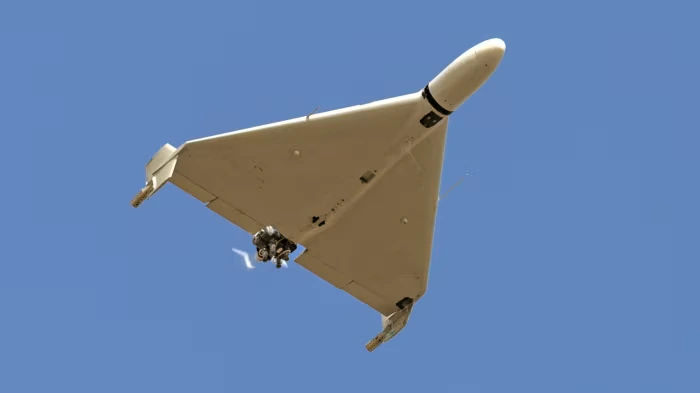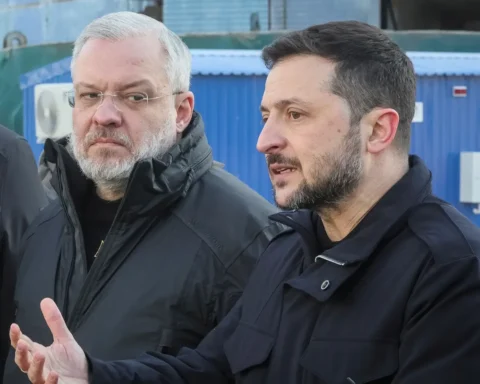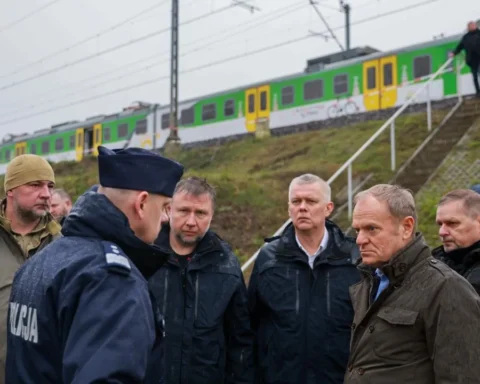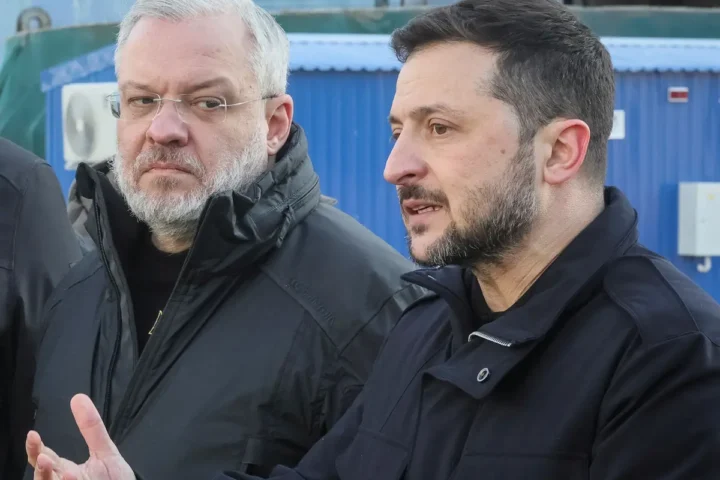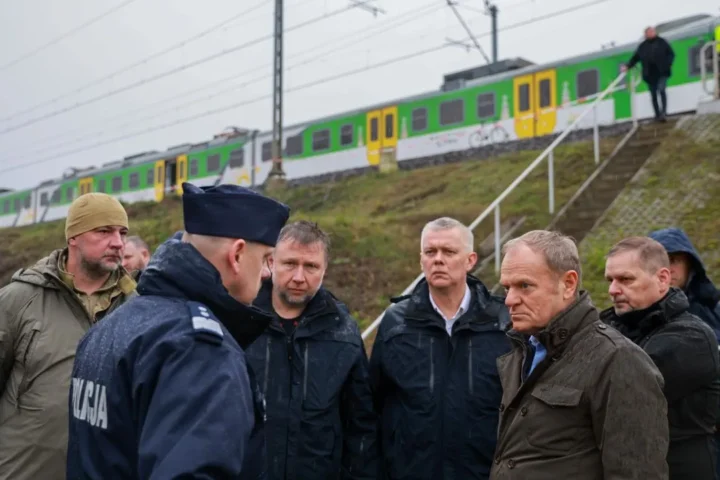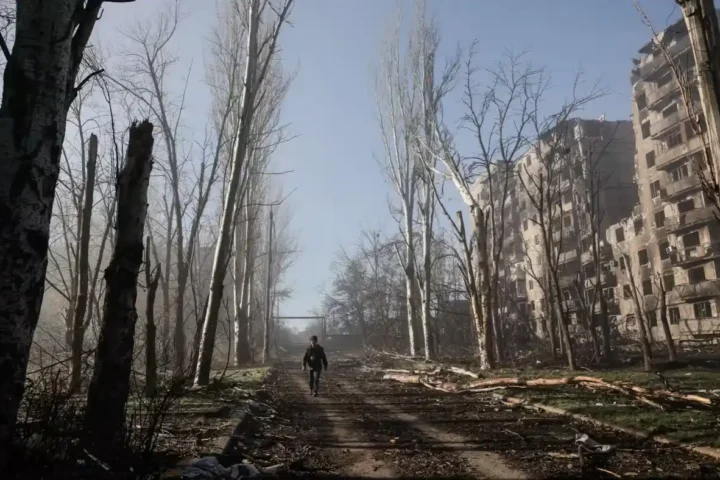After nearly two weeks of intense warfare between Israel and Iran—ending in a fragile ceasefire—it has become clear: Tehran has suffered a painful military and political defeat. The Israeli army, with U.S. support, not only achieved total air superiority over Iran but also delivered devastating strikes on its air defenses, nuclear infrastructure, and drone and missile manufacturing facilities. This should have alarmed Russia, given that Iran was one of its key foreign arms suppliers for the campaign in Ukraine. However, as The Financial Times notes, the Kremlin can now do without Tehran’s support—and this humiliation of an ally is unlikely to cause concern in Moscow.
From Shaheds to Gerans: Russia Has Grown Its Own Wings
From the very beginning of the war in Ukraine, Russia was in urgent need of combat drones. That’s when Iran supplied Moscow with Shahed-136 drones and the technology to produce them. These drones—rebranded in Russia as “Geran-2”—became central to Moscow’s long-range strike strategy targeting Ukrainian infrastructure. In addition to drones, Iran shipped ammunition, artillery shells, and other supplies to Russia across the Caspian Sea.
But the situation has since changed. Russia has fully localized the production of Iranian drones within the Alabuga Special Economic Zone, receiving not only blueprints but also training from Iranian engineers. Moreover, Moscow has modified the original designs—enhancing engines, warheads, and resistance to electronic warfare. Effectively, Russian industry has transformed the Shahed into a new, more advanced platform.
A Weakened Iran Is No Longer Needed
Despite a strategic partnership agreement signed between Moscow and Tehran in January, Iran is now unlikely to play a significant role in supporting Russia’s military capabilities. According to The Financial Times, the damage inflicted by Israeli and U.S. strikes on Iran’s industrial infrastructure will require significant time to repair. As a result, Iran is unlikely to be able to export weapons in the coming months.
Tellingly, even Iranian missiles are scarcely used by Russia. Last fall, Moscow received a batch of Fath-360 tactical missiles, but not a single one has been deployed in Ukraine. Meanwhile, according to Ukrainian estimates, Russia holds about 13,000 missiles of various ranges in storage and is capable of producing up to 200 new ones per month. In other words, the Kremlin is not dependent on Iran in this area either.
A New Balance: China and North Korea
While the peak of Russian-Iranian military cooperation came during the first year of the war, it has since been eclipsed by new alliances—most notably with China and North Korea. Since 2023, Pyongyang has become a key supplier of ammunition, missiles, and recently even manpower for Russia’s needs. During the Victory Day Parade this May, President Vladimir Putin publicly embraced and thanked North Korean generals—a diplomatic gesture symbolizing the deepening of military ties.
China is becoming even more important for Russia. When it comes to dual-use components needed for drones, optics, and electronics, Beijing has emerged as the leading supplier for the Russian military-industrial complex. A Russian-Chinese logistics hub is currently being built in Alabuga, and within that project, Russia has started developing new drone models—Garpiya-A1 and Garpiya-3—already incorporating Chinese technology.
Iran Sidelined, but Putin Presses On
The Israel-Iran conflict has affected not just military dynamics but also Moscow’s geopolitical interests. As The Financial Times points out, U.S. involvement and Israel’s successes have shattered the Kremlin’s strategic assumptions about regional stability and revealed the limits of Russian power projection in the Middle East. Yet none of this is prompting Russia to reduce its military pressure on Ukraine.
On the contrary, with the U.S. now preoccupied in the Middle East, the Kremlin sees a window of opportunity to push ahead with its summer offensive. Drones—no longer Iranian, but Russian—are once again striking Ukrainian cities. The issue of a ceasefire is not on Moscow’s agenda.
Thus, while the destruction of Iran’s military infrastructure is undoubtedly painful for Tehran, it does not fundamentally affect Putin’s strategy. Russia has learned to fight—and to sustain itself—without Iran. In fact, it appears to be only increasing its autonomy in the process.
This article was prepared based on materials published by The Financial Times . The author does not claim authorship of the original text but presents their interpretation of the content for informational purposes.
The original article can be found at the following link: The Financial Times.
All rights to the original text belong to The Financial Times.


